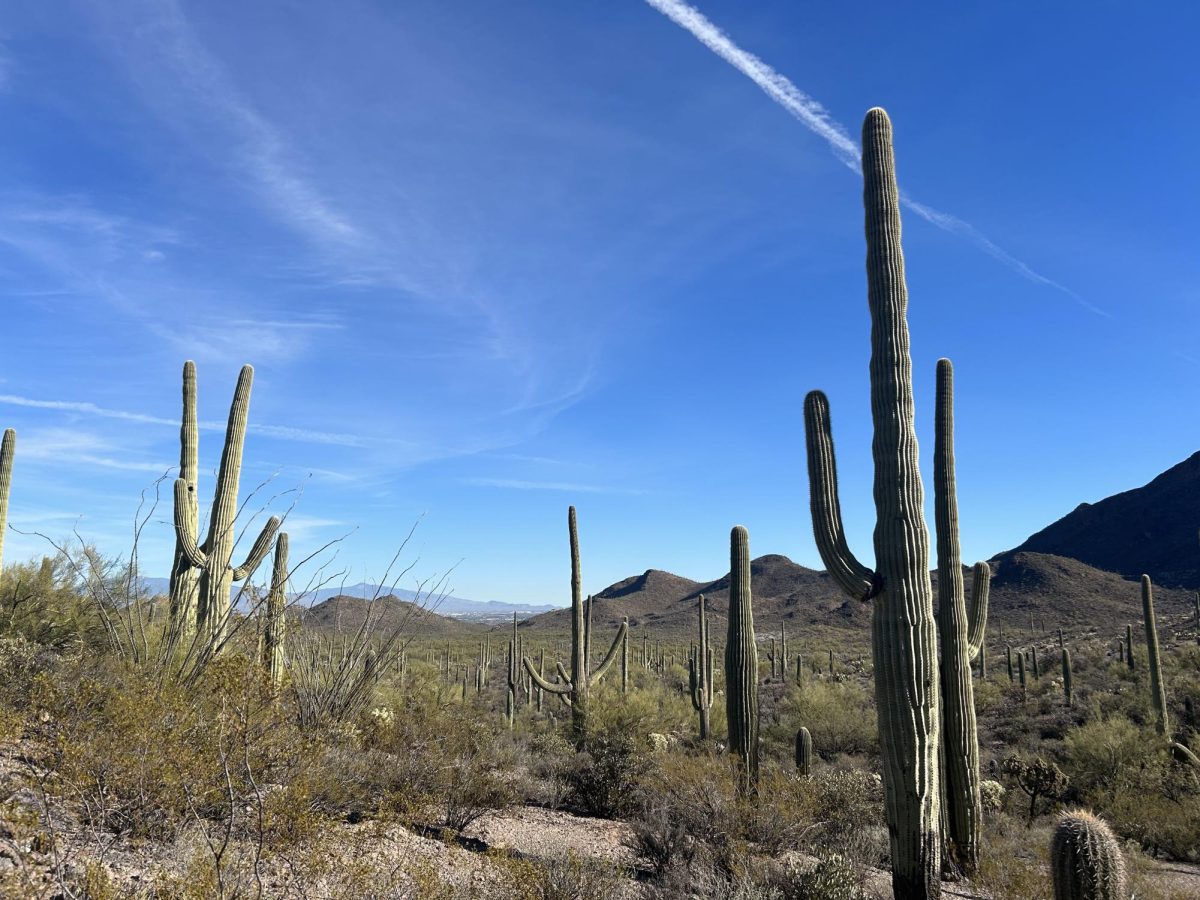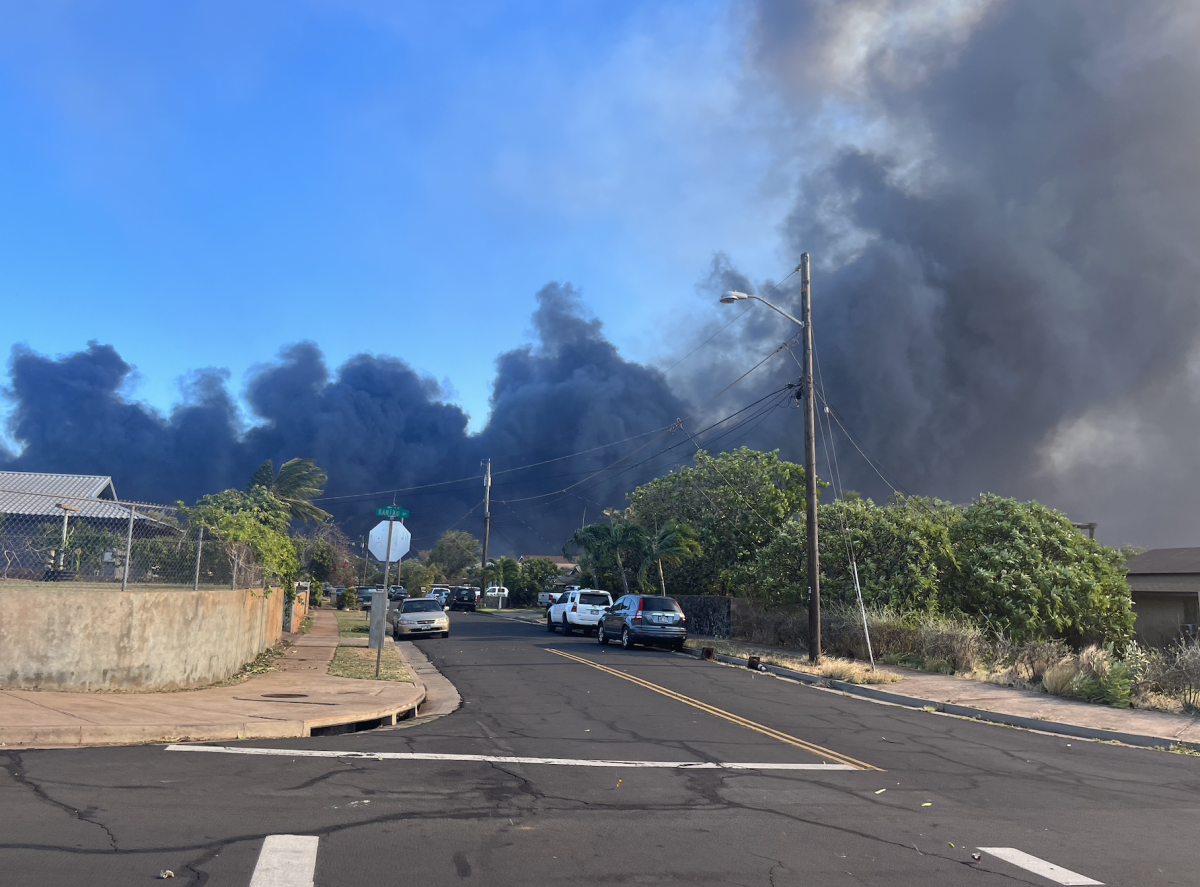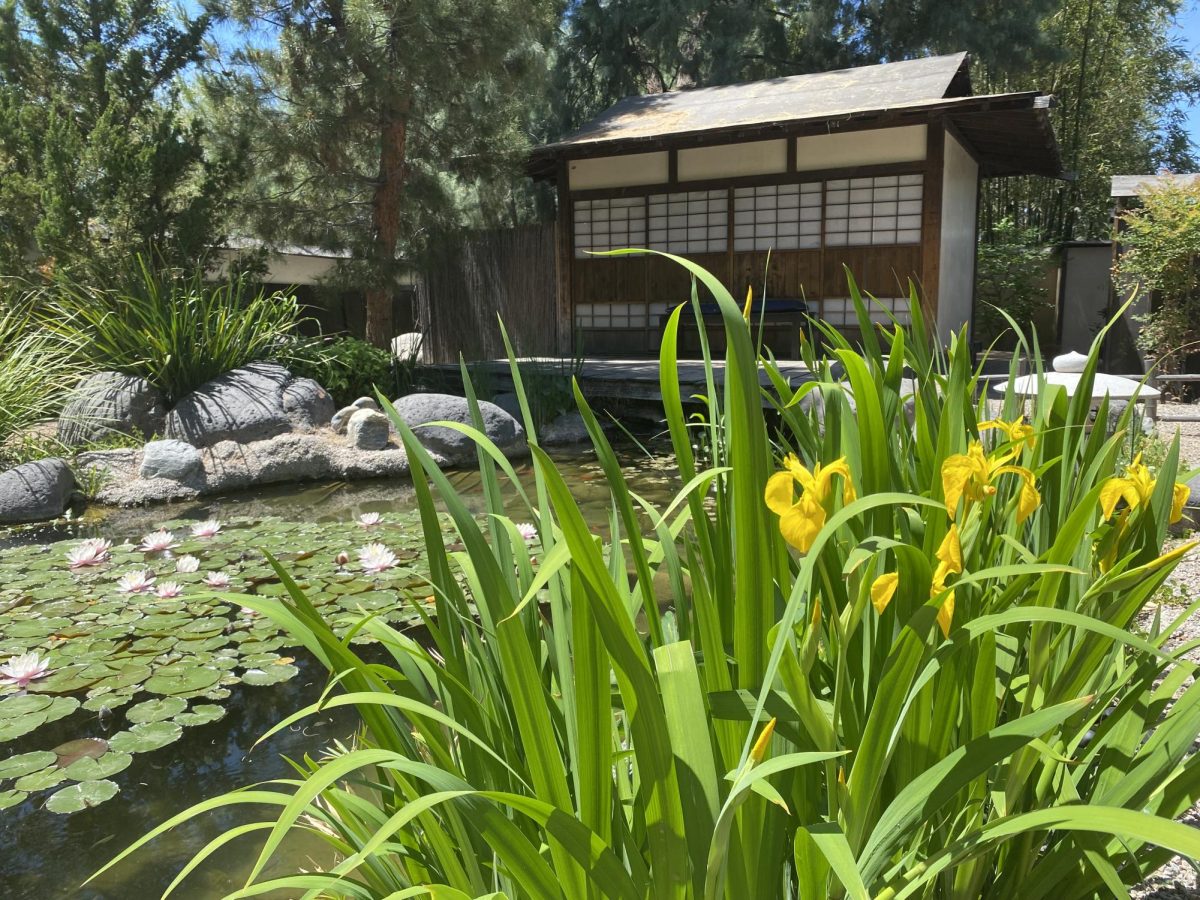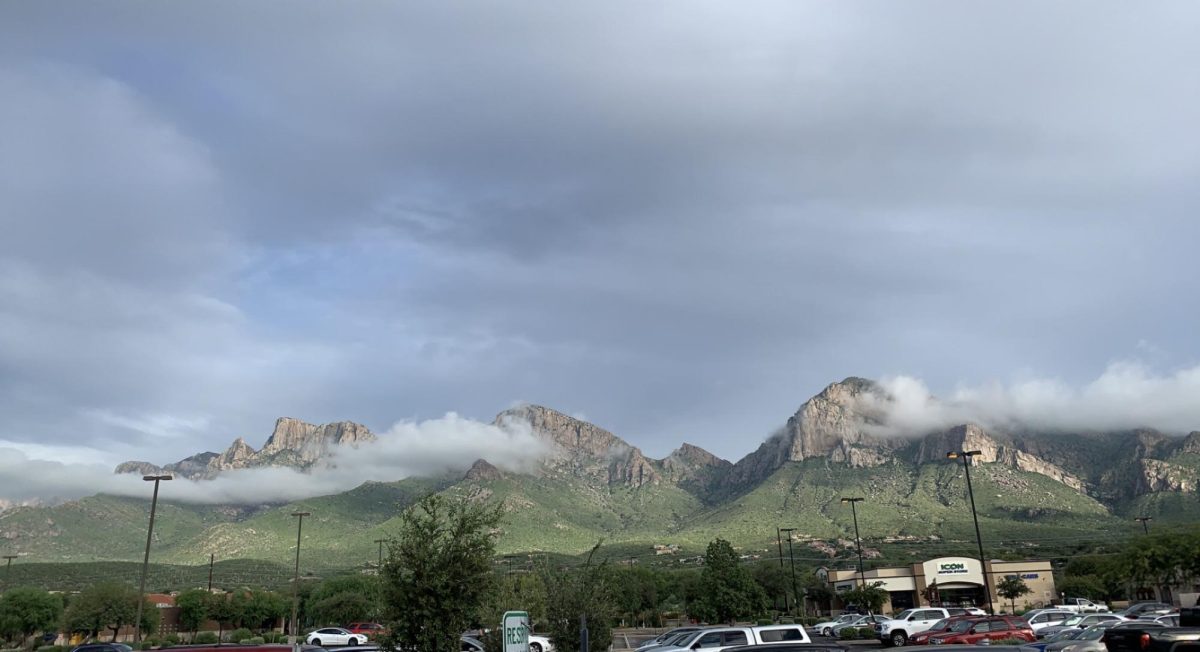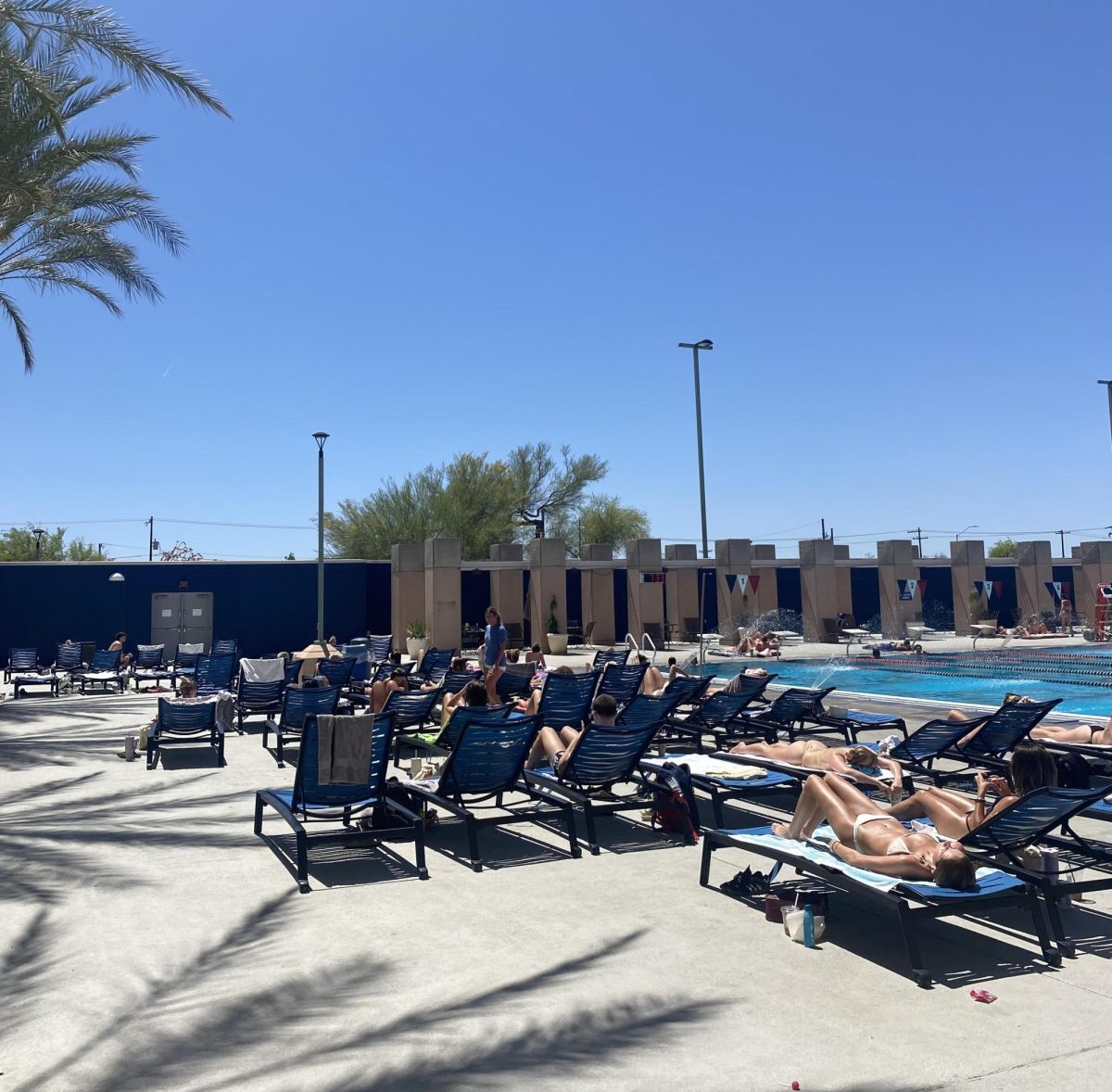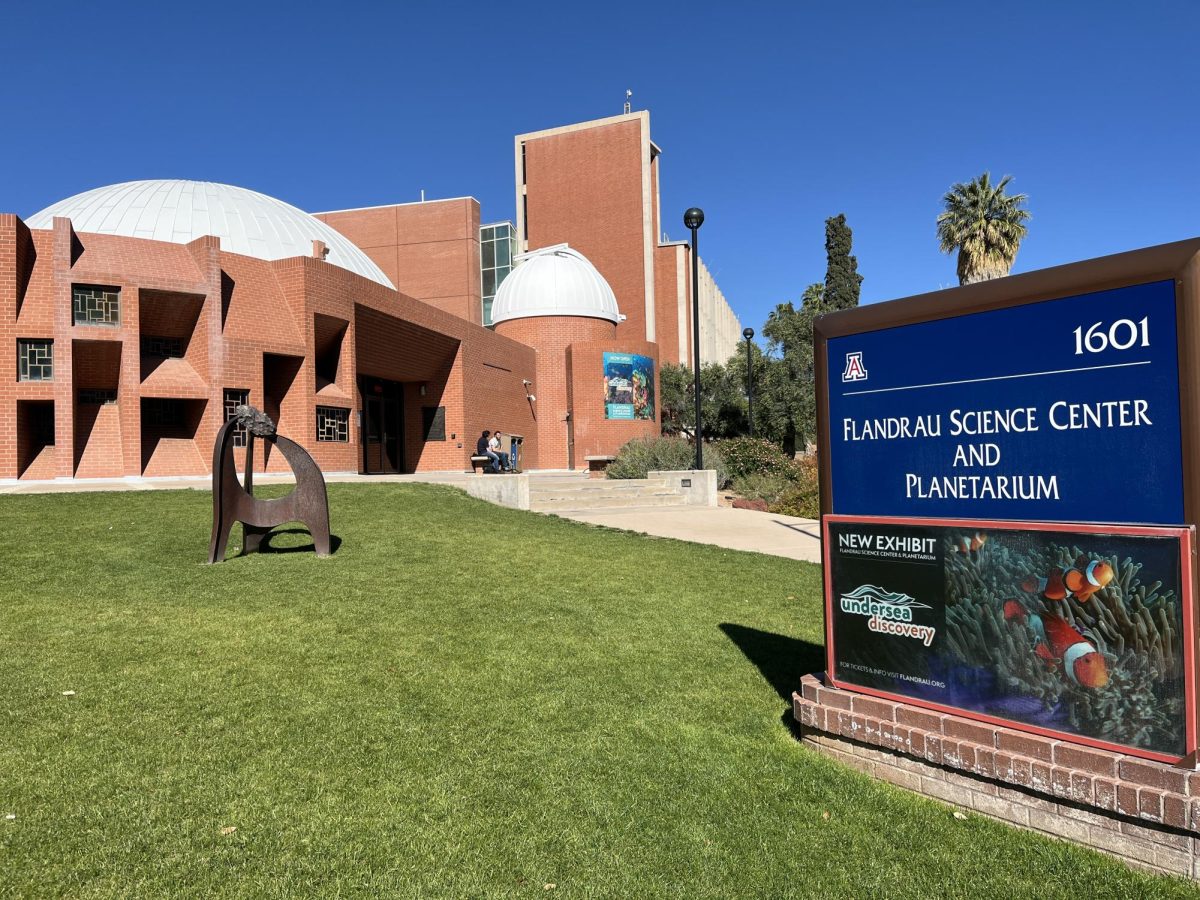
Ten-year-old Drake Patton sat in front of the sterile hood, listening to instructions from Dr. A. Elizabeth Arnold and her students.
Arnold, an associate professor at the University of Arizona’s School of Plant Sciences, warned Drake to make sure his gloves didn’t have any ethanol on them because it’s flammable.
“Let’s just get some more gloves,” said Drake, a Bisbee fifth-grader participating in activities during Saguaro National Park’s BioBlitz, a 24-hour species count that took place Oct. 21-22 at the park’s Rincon Mountain District east of Tucson and Tucson Mountain District in the west.
More than 2,000 schoolchildren, 1,300 members of the general public and 170 scientists took part in the BioBlitz, and at the end of the 24-hour period, 859 plant and animal species had been counted.
A Biodiversity Festival also took place Friday and Saturday at the park’s Tucson Mountain District. In the science tent, Drake, wearing fresh gloves, reached into the hood and sterilized a pair of forceps by dipping them in ethanol and then holding them over a flame. Next he used the forceps to place small plant samples into culture tubes that contained sugars, which would help any fungi present to grow.
“I’ve never done anything like this before,” Drake said about the process.
Drake was learning about Arnold’s research involving fungal endophytes, fungi that grow within healthy plant tissue.
“These are fungi that don’t cause disease, and they often will help the host plant,” Arnold said. “They can protect the host plants against drought, salinity of soil, pathogen attack or damage by animals that would otherwise eat the plant tissue.”
Darla Sidles, superintendent of Saguaro National Park, said the goal of the blitz and festival was “to get the community of Tucson engaged with scientists and learning about understanding and appreciating biodiversity. I think we did that.”
The results from the species count will be published in National Geographic Society and National Park Service databases. The two organizations have planned a BioBlitz at a different park in the United States for each of the 10 years leading up to the National Park Service’s centennial in 2016. The BioBlitz at Saguaro National Park was the fifth one.
Sidles said that although the BioBlitz at Saguaro National Park is officially over, a great amount of research is just beginning. It will most likely take more than a year to identify all of the species collected in the 24 hours, she added.
“We use it as more information to learn about the interactions of all the species in the desert,” she said.
Natasha Kline, a biologist at Saguaro National Park, said staff members had already done inventories of the larger plants and animals in the park, but they were unaware of some of the smaller things found in the BioBlitz.
“Sometimes you lose things without ever knowing you had them,” she said.
The BioBlitz allowed the park staff to create relationships with people who can help to identify the more obscure species within the park, Kline said.
“The first thing to do is inventory and to know all that you have, and then you can start understanding what issues might impact them,” she said.
One of the species living in Saguaro National Park that the staff did not know about is tardigrades, also known as “water bears.” Dr. William R. Miller, an assistant professor of biology at Baker University in Kansas, has attended all of the BioBlitzes in search of the tardigrades he studies.
Tardigrades, which live in moss and lichen, are dot-sized and resemble a caterpillar.
“They are biologically phenomenally significant because they do things other animals can’t,” he said.
One of their unique abilities is drying up and suspending metabolic activities if there is not enough water in the environment and then coming back to an active state when water is available, which is known as cryptobiosis.
In 2007, tardigrades in their cryptobiotic state became the first multicelled animals to survive outer space, including exposure to cosmic radiation, extreme temperatures and the vacuum of space.
Until Miller came to Saguaro National Park for the BioBlitz, no one had ever searched for them there.

“When you’re looking at the biodiversity of an area, this fills in the web of life,” he said. “It’s part of the ecological equation of a place.”
Drake, who had fun with his hands-on research experience, got permission from Arnold to take the five samples he prepared home with him. Arnold instructed him to keep the samples sealed and out of direct sunlight.
“I’m going to see if they grow any fungi,” he said.
Arnold said she’d never had a fifth-grader in her research before, and she praised him for his work.
“You’re a pioneer, Drake,” she told him.



